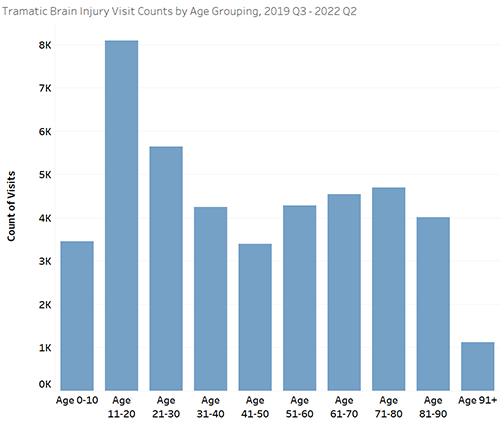Fast Facts: January is National Winter Sport Traumatic Brain Injury Awareness Month
January is recognized as National Winter Sport Traumatic Brain Injury Awareness month. Wisconsin offers an abundance of winter sports that allow residents to explore nature and get outdoors. Whether you enjoy skiing, snowboarding, snowmobiling, or sledding, safety is critical when participating in these activities.
A 2016 study by Vinay Sharma examined the rates of head and neck injuries in previous years. The study found that skateboarding, snowboarding and skiing have the highest number of head and neck injuries. Snowboarding and skiing accounted for about 55% of all reported concussions. The study found that “about 30% of concussions in extreme sports occurred in snowboarding. Snow skiing was associated with about 25% of concussions.”

The WHA Information Center analyzed traumatic brain injury claims for the period July 2019 through June 2022. The average age of patients seen for traumatic brain injuries is 45 years old. The age group that saw the highest number of visits to the emergency room and inpatient facilities is from ages 11 to 20. Males held a higher visit count when compared to females. The ZIP code with the highest visit count is in Rock County.

Here are some tips from the American Association of Orthopedic Surgeons to help make winter sports safer:
- Always wear a helmet for high-velocity sports.
- Prepare for extreme physical activity by stretching and warming up.
- Hydrate and eat a well-balanced diet.
- Wear appropriate protective gear and outerwear to limit skin exposure.
- Know when to stop. Injuries happen from exhaustion.